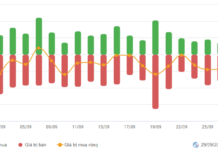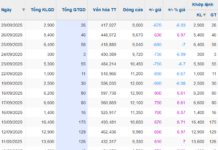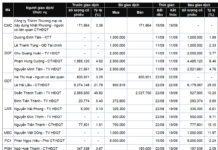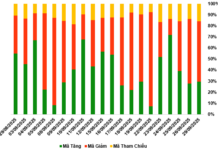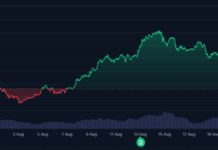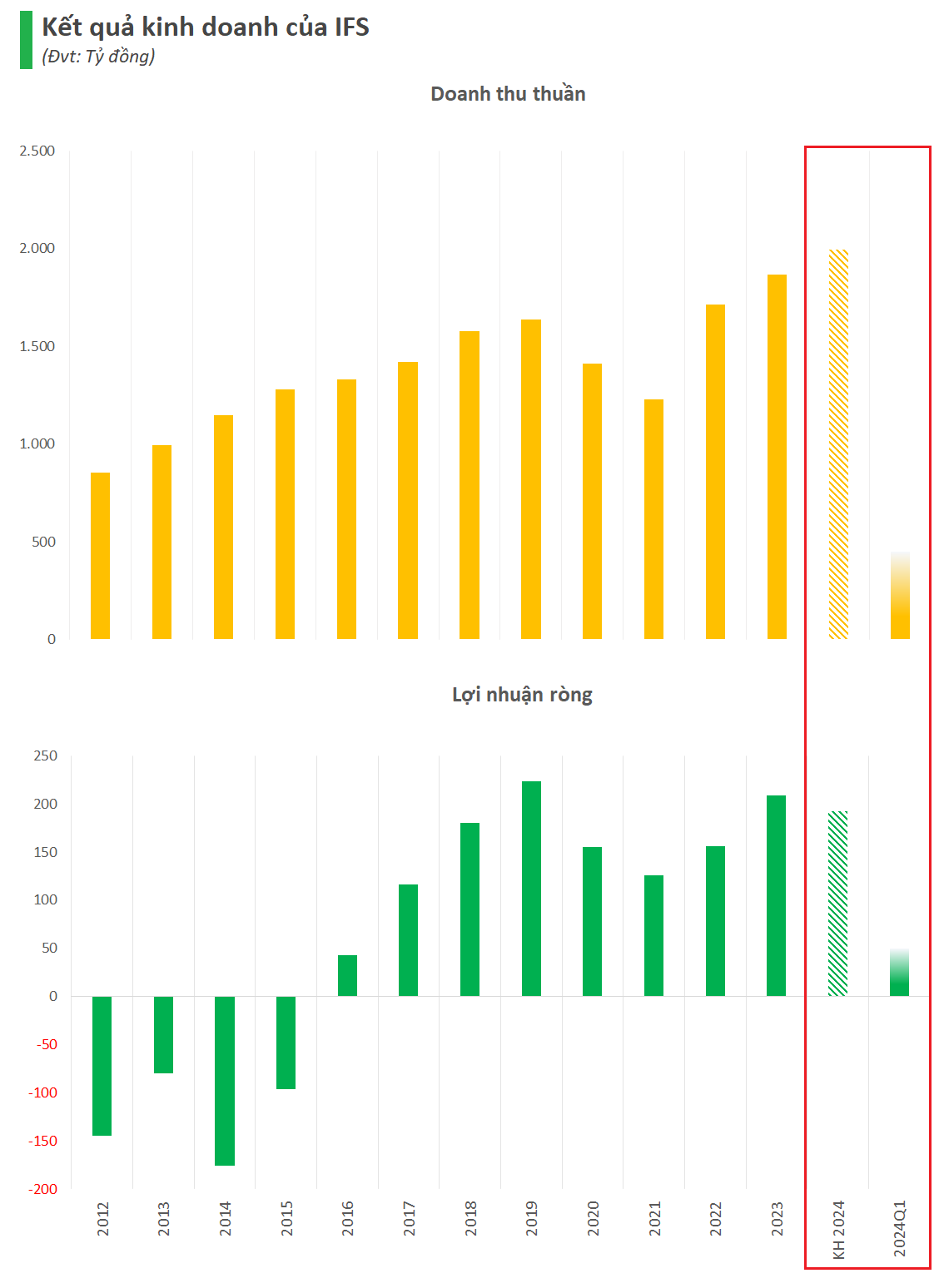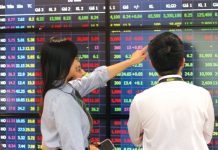On the morning of February 29, 2024, a seminar on “Carbon Market: Forecasting Impacts and Policy Directions from Ho Chi Minh City” was organized to exchange and propose policies related to the carbon market in connection with Resolution 98/2023/NQ15.
The carbon market is an important economic tool for promoting greenhouse gas emissions reduction.
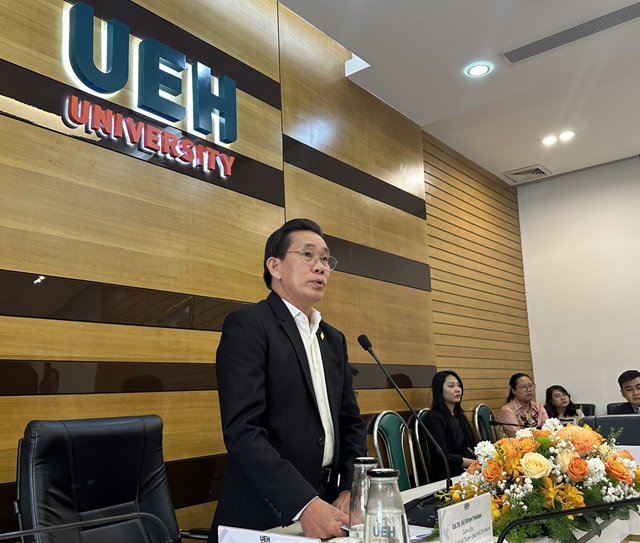 Prof. Dr. Su Dinh Thanh – Director of Ho Chi Minh City University of Economics shared at the seminar.
|
At the seminar, Prof. Dr. Su Dinh Thanh – Director of Ho Chi Minh City University of Economics shared that the carbon market is an important economic tool in promoting greenhouse gas emissions reduction and climate change mitigation.
The carbon market is divided into two types: mandatory market (with emission allowances as products) and voluntary market (with carbon credits as products). The carbon market operates based on the principle of “polluters pay,” allowing organizations to buy, sell, and exchange emission allowances and a certain ratio of carbon credits. The mandatory carbon market has been proven to be the most effective in reducing greenhouse gas emissions.
Since October 2023, the European Union has introduced the Carbon Border Adjustment Mechanism (CBAM) to ensure fairness in international trade competition and promote greenhouse gas emissions reduction. CBAM will impose taxes on imported products into the EU based on their greenhouse gas emissions (direct and indirect) during production. This is expected to have a negative impact on businesses exporting to the EU in the short term.
However, more in-depth research and discussions are needed to analyze the multidimensional impacts of CBAM and leverage advantages to accelerate the roadmap to carbon neutrality for Vietnam and Ho Chi Minh City.
Implementing the carbon market in 2028 will bring many benefits to Ho Chi Minh City.
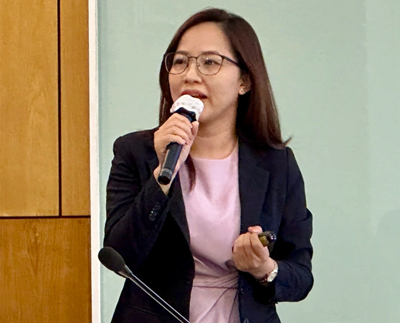 Dr. Nguyen Thi Tuyet Nhung – Lecturer at the University of Economics, Law, and State Management
|
Dr. Nguyen Thi Tuyet Nhung – Lecturer at the University of Economics, Law, and State Management (Ho Chi Minh City University of Economics) states that the voluntary carbon market allows organizations and individuals to buy and sell carbon credits for various purposes related to environmental protection or to offset their carbon footprint.
The voluntary carbon market is considered one of the important tools to ensure the fulfillment of commitments in reducing greenhouse gas emissions by 45% by 2030 and achieving net-zero emissions by 2050.
Dr. Nhung evaluates that the voluntary carbon market is a global trend. This market provides flexible and effective mechanisms for individuals and organizations to accelerate their actions to minimize environmental impact and fulfill commitments related to the environment.
Ho Chi Minh City is facing many environmental challenges, especially air pollution (with emissions of over 60 million tons of CO2 per year, accounting for about 18-23% nationwide). Therefore, implementing the carbon market in 2028 will bring many benefits to the city.
Firstly, it will help reduce greenhouse gas emissions, contribute to improving the environment, and enhancing community health.
Secondly, it will increase economic efficiency. The carbon market will incentivize businesses to innovate technology and use inputs more efficiently, thereby increasing productivity and competitiveness.
Thirdly, the carbon market will create investment opportunities in renewable energy, environmental technology, attract international climate finance, and promote green economic development and job creation.
Furthermore, participating in the international carbon market will enhance Ho Chi Minh City’s international position in the collective effort to address climate change.
Dr. Nhung highlights that Ho Chi Minh City has specific characteristics for developing the voluntary carbon credit market.
On the demand side, Ho Chi Minh City has a large demand for carbon credits, with the highest number of businesses in the country, a high proportion of FDI businesses, and a high awareness of environmental protection among individuals and organizations.
On the supply side, Ho Chi Minh City has various projects that can be developed from both public and private sectors, including industry, commerce, transportation, waste management, renewable energy, households, and forests.
In proposing some options for developing the carbon credit market as a seller of carbon credits, Dr. Nhung suggests that Ho Chi Minh City can invest in projects to install LED lighting systems in public areas/state agencies, invest in waste sorting projects, promote the adoption and use of electric vehicles, and mangroves.
To enhance the role as an issuer of carbon credits in the voluntary carbon market, Ho Chi Minh City can prioritize policies such as regulations on sources of funding and methods of using funding for project development and issuance of carbon credits. In addition, Ho Chi Minh City can promote policies regarding the use of revenues from carbon credit issuance, which can generate new revenue for the city and encourage environmental projects.
















